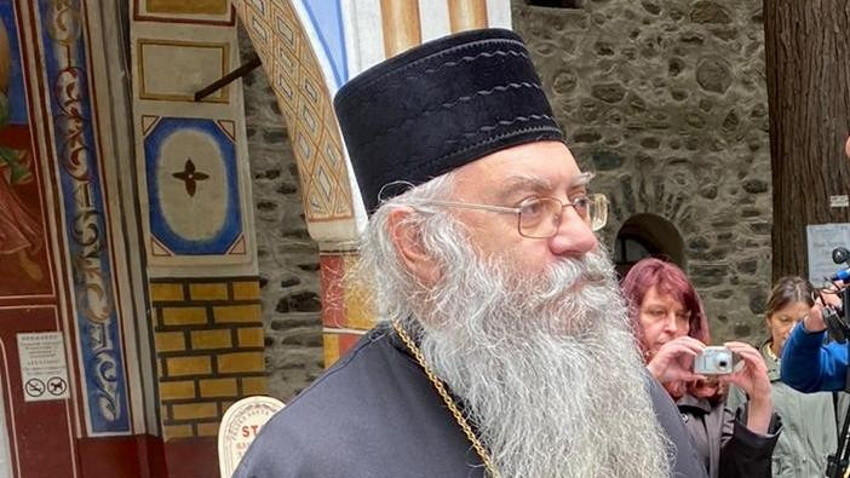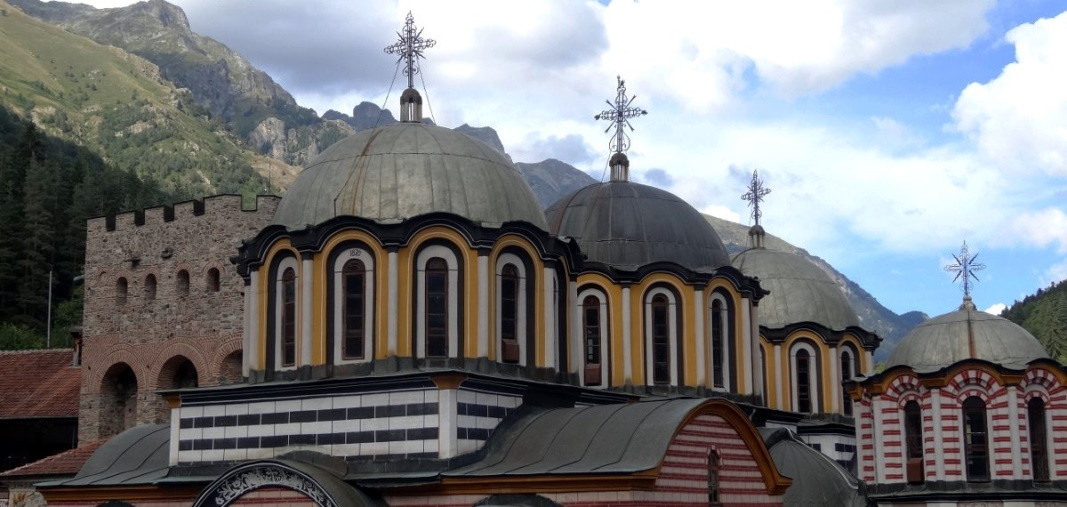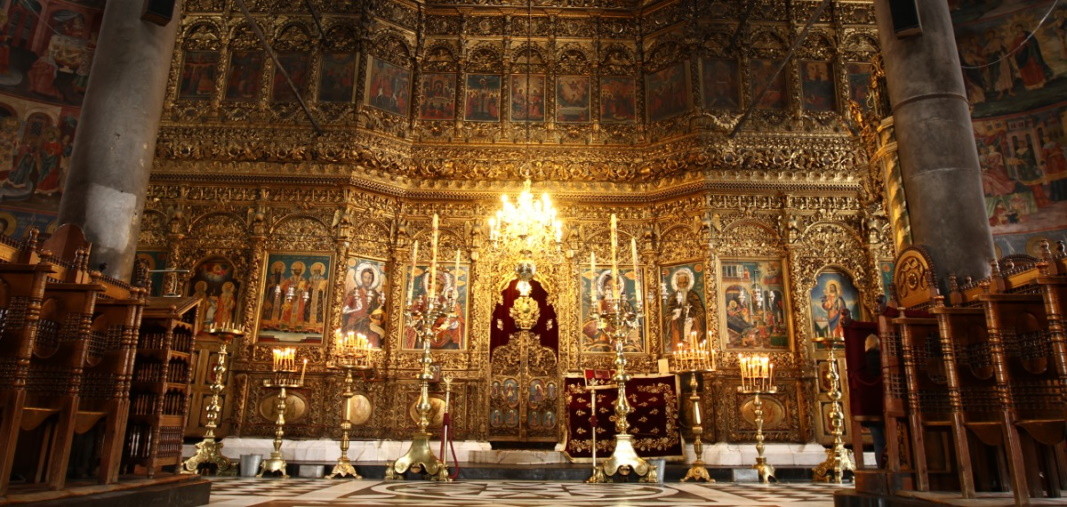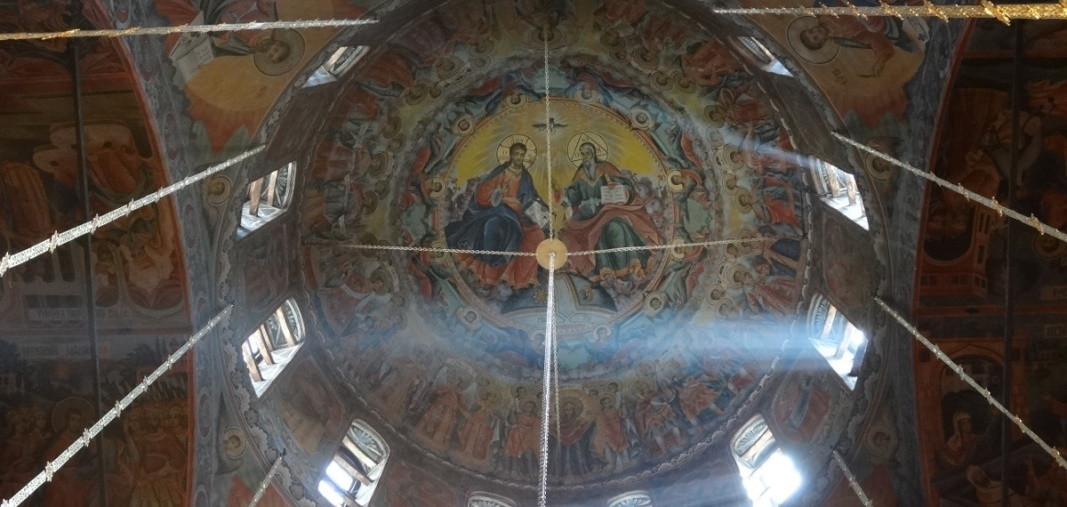Although many of us prefer to spend more time home these days for fear of the epidemic, others do not forget to seek God where their prayers are best heard. Bulgaria’s biggest monastery, the Rila Monastery, remains a preferred place for many believers even in these months of difficulties and troubles.
"We are talking about pilgrims who come here as Christians and worshipers," says the abbot of the Rila Monastery, Bishop Eulogius, in an interview for BNR-Blagoevgrad. “It is good for every person to find contact with God, comfort, support, hope. Of course, we act in compliance with all measures and hygiene requirements that are established for the whole country. We do whatever it takes - disinfection is constantly carried out in the church, at the entrance we have a special mat with a disinfectant solution. The icons are also regularly disinfected, as are all the wooden parts of the church that the worshipers have contact with, the wooden thrones for sitting, the railings.”

Legend has it that the history of the Rila Monastery is connected with Saint Ivan Rilski (John of Rila) who came to these lands in the 10th century to indulge in fasting and prayers away from worldly vanity. After his death, his followers built a monastery near the place where the monk ended his earthly journey.

Over the centuries, the Rila Monastery grew to become a spiritual, educational and cultural centre, until the 14th century when Bulgaria lost its independence, falling under Ottoman rule. Years of darkness followed, and a century later the monastery was destroyed and looted by the Ottoman invaders. The first rays of light came at the end of the 15th century, when with the help of Bulgarians from all over the country the Rila Monastery began to slowly revive and regain its halo to a spiritual centre.

"The Rila Holy Monastery was built during the Ottoman Yoke in its present form, with the exception of Hrelyo’s Tower, which dates back to the time of Tsar Ivan Shishman," Bishop Evlogiy told BNR-Blagoevgrad. “Our ancestors in much more difficult circumstances took care of it - to restore it after the invasions and devastation during the Ottoman oppression, to build it in its current form, regardless of the misery and deprivation they lived in. We are bound to continue their work and, despite the epidemic, to keep the holy monastery in good condition in order to preserve it for the generations to come.”

Anyone who wishes to spend the night in the monastery is welcome, Bishop Evlogiy says. Unfortunately, in winter Hrelyo’s Tower and the magernitsa (refectory) remain closed to visitors. Instead, one can visit the museum, the monastery buildings and the church where one can seek solace in God.

"Prayer is what can help us beg what we need from God and give us peace, faith, hope, trust," says the abbot.“Without prayer nothing is achieved. In the years of vicissitudes in the past, when there was plague, cholera and other similar epidemics in the area, it was prayer that helped people to overcome these trials by participating in common worship. The Holy Liturgy is served for all Christians, but those who are unable to visit any of God's temples or holy monasteries can also pray at home. Home prayer also has its great significance for every Christian, for every single person.”

Compiled by Diana Tsankova
(based on an interview of Mariana Popova from BNR-Blagoevgrad)
Photos: rilskimanastir.org and archive
June 11, 2007 - US President George W. Bush Jr. visits Sofia. According to protocol, the press conference he held for the media took place among the exhibits of the National Archaeological Museum. The official lunch for the guest was later held at the..
On November 10, 1989, a plenum of the Central Committee of the Bulgarian Communist Party ousted its General Secretary and Chairman of the State Council, Todor Zhivkov. This marked the symbolic beginning of the transition from a one-party system to..
Archaeologists have explored a necropolis in the Kavatsi area near Sozopol. The perimeter in which it is located is part of the history of Apollonia Pontica and is dated to the 4th century BC. "This is a site with interesting burials in which a nuance..
The Patriarchal Cathedral of St Alexander Nevsky is celebrating its temple feast today. The cathedral, a symbol of the Bulgarian capital, was built "in..
On November 24, the Bulgarian Orthodox Church honors St. Catherine (Sveta Ekaterina in Bulgarian) , who was one of the most educated women of her time...

+359 2 9336 661
